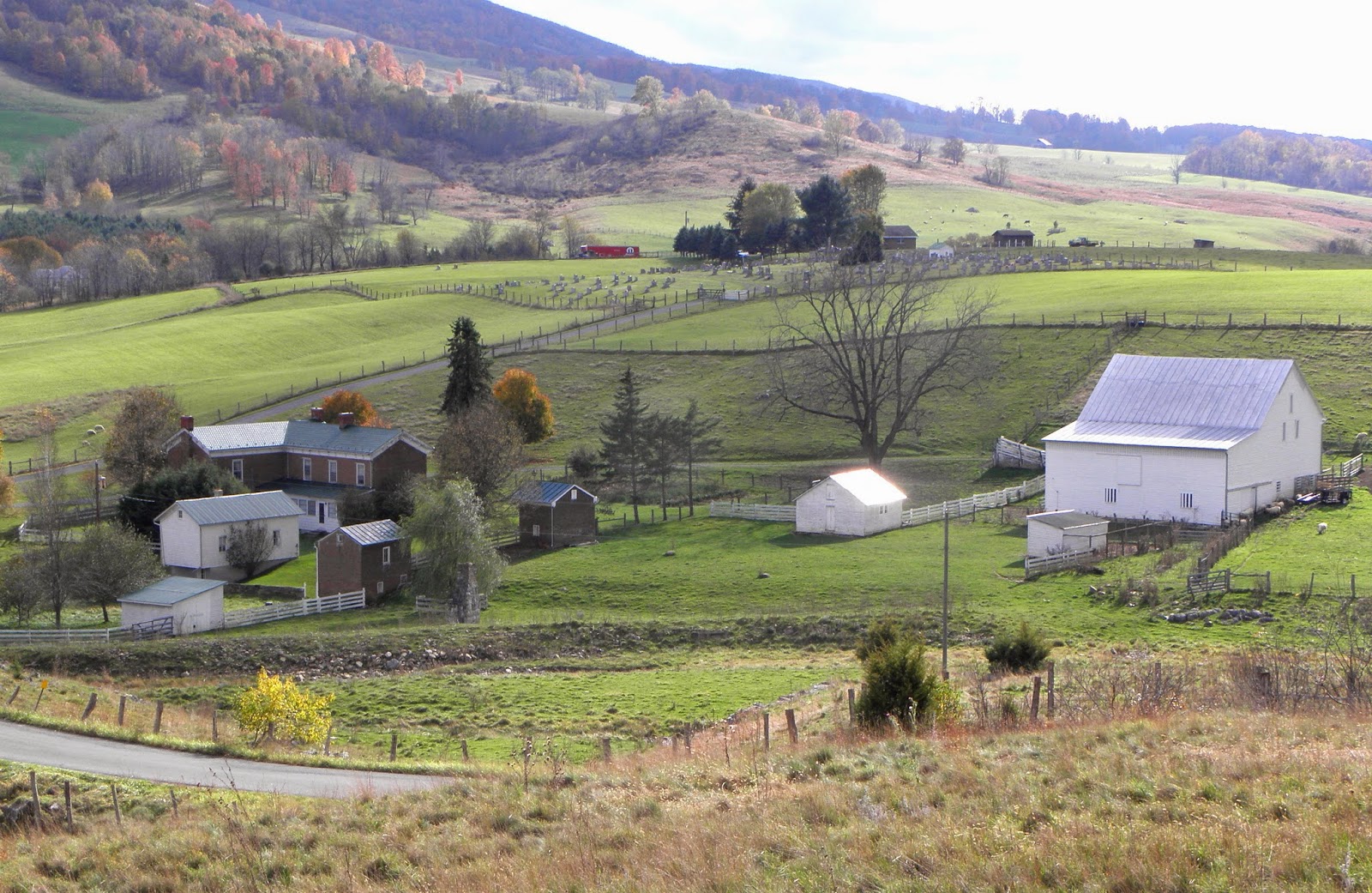One
more fascinating piece of evidence that feeds cat/dog comparisons was
recently uncovered in an English science lab, as researchers were
examining the genome of the domestic cat. What they may have
discovered is the likely process by which cats were domesticated,
some 10,000 years ago in the Near East. It seems as though some
people back then discovered that a few less-wild wild cats could be
coaxed into being stroked—that some of them grooved on being petted
and then being offered a treat. Over time, people were more likely to
adopt the milder wild cats and gradually bred them to become
increasingly tame.
Fascinatingly,
the British researchers were even able to determine the timing
of the taming process through DNA analysis—finding genes in the
brains of domesticated cats that are associated with feelings of
reward and pleasure, that are not found in the DNA of today's
wild cats in the Near East. In other words, domestic cats have
acquired unique genes that make them want to be stroked, and DNA
analysis shows that the split from wild cats that encouraged these
genes occurred about 10 millennia ago. Ain't science grand?
Thus
it seems kitty cats first came to us because they wanted to get
caressed and fed. They saw humans as a soft touch, who would fondle
them and give them goodies to eat. They ain't dumb! They deigned to
allow us to tend to their pleasures and needs; in return we get a
ball of warm fur cuddled in our lap. This appears to have been
primarily a sensual exchange. But on occasion we do get the
added benefit of our cat friend snatching an annoying mouse.
Dogs,
on the other hand, domesticated themselves far earlier in human
history. They came to us from wolf packs as long as 50,000 years ago
and maybe even earlier. They too realized that humans could be a
source of easy food, but dogs had more to offer us as part of the
bargain. They are more sociable critters than cats, so they interact
more naturally with us. They are expert and cooperative hunters with
a superb sense of smell, so they became excellent hunting companions.
Finally, dogs love to guard their dogdoms, which our vulnerable
hunter-gatherer ancestors appreciated.
I
don't mean to add any more fuel to the incessant cat-vs-dog debate,
and I doubt that the English researchers intended to either, but I
can't help but notice that dogs seem to have had more to offer us,
when they sought to become our companions—at least a little more
than allowing us to tickle them behind the ear. But let me quickly
add that I do love my cat, lest I piss off my cousin again.
I'm
reminded of a quote attributed to Grouch Marx: “Outside of a dog, a
book is man's best friend. Inside of a dog, it's too dark to read.”














